Search for topics or resources
Enter your search below and hit enter or click the search icon.
October 10th, 2019 | 3 min. read
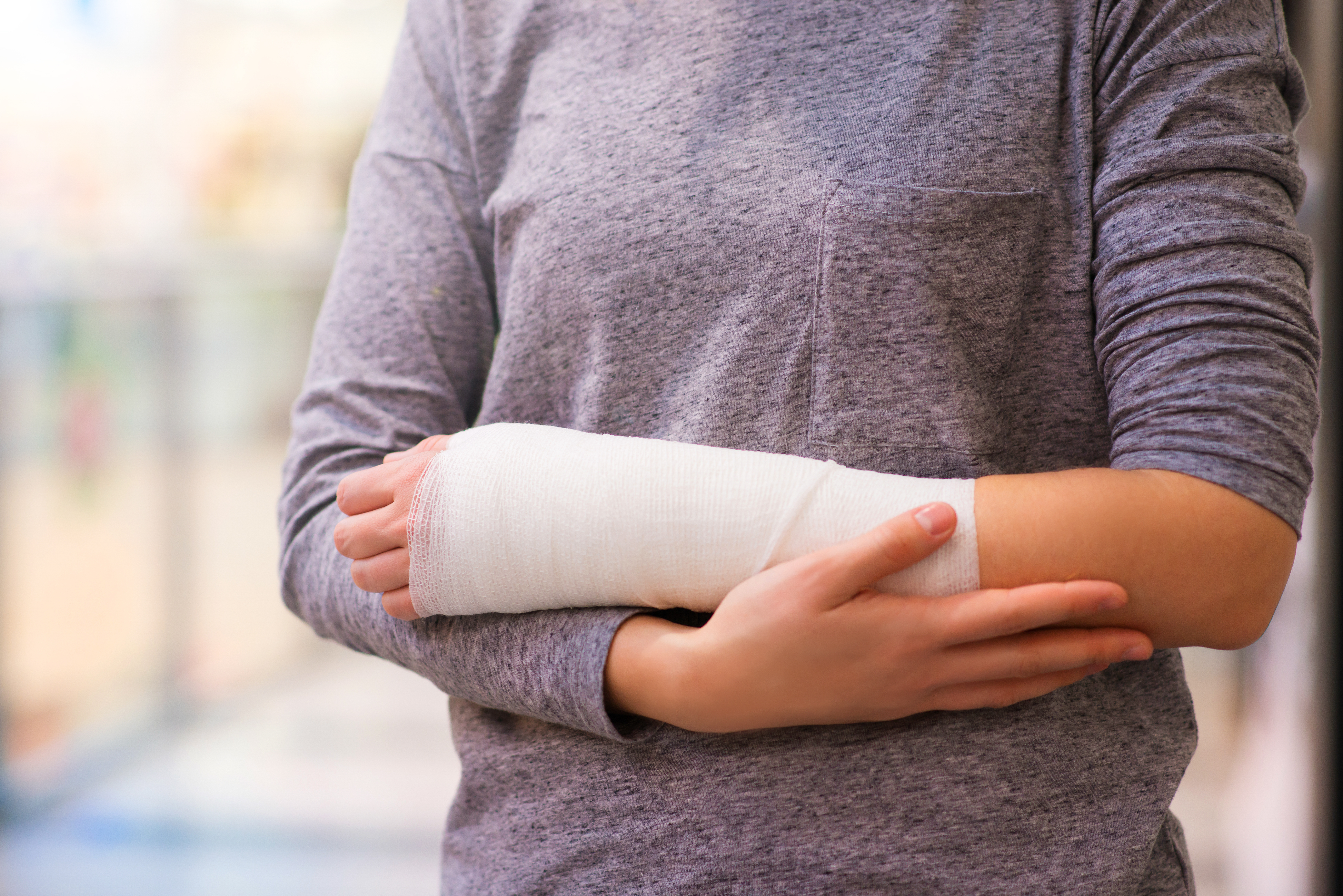
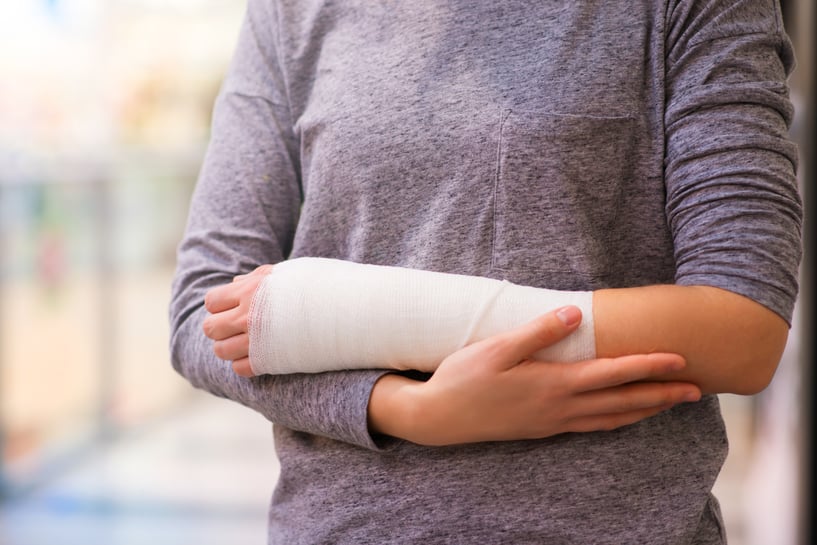
Bone growth stimulation, or BGS, is a form of therapy often used to promote healing after a spinal fusion surgery or fracture. BGS may promote faster natural healing in fractures that may be slow to heal on their own. Here is what you need to know If your orthopedic specialist recommends bone growth (osteogenesis) stimulation.
A bone growth stimulator is a technology recommended by many orthopedists as a way to help promote faster bone healing. Stimulators provide pain-free electrical or ultrasound stimulation that promotes bone growth.
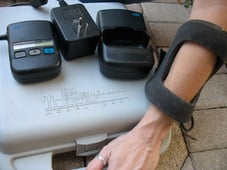
Internal bone growth stimulators are surgically implanted. External bone growth stimulators are portable devices that can be worn on the outside of the body (even over a brace or cast) using straps to secure them in place.
Bone growth stimulation is often prescribed by orthopedic doctors following a spinal fusion surgery (cervical or lumbar). External stimulators can also be placed over the site of a bone fracture, just about anywhere on the body.
Bone growth stimulators work by emitting either a low-level pulsed electromagnetic field or pulsed ultrasonic energy. The theory is that these energy fields stimulate the bone growth process by helping the body to repair tissue and increase cell formation and maturity, leading to increased bone density.
BGS therapy is considered safe, and many at-home bone growth stimulators have been approved for use by the FDA. Some insurance companies consider BGS devices medically necessary in certain instances and will often cover their use.
Patients use the bone growth stimulator device daily at home with a prescription provided by a doctor. Bone stimulation is typically used for a set number of hours each day, based on an orthopedic doctor's specific recommendations.
There are two primary types of external BGS device:
Smoking and other tobacco use has a negative effect on bone healing because of impaired blood flow. Impaired blood flow can result in delayed union, nonunion and wound complications. Orthopedic doctors will often prescribe a bone stimulator at the start of fracture care if the patient has a history of smoking in order to help combat this. Doctors will often treat overall care of the patient and recommend the patient quit smoking.
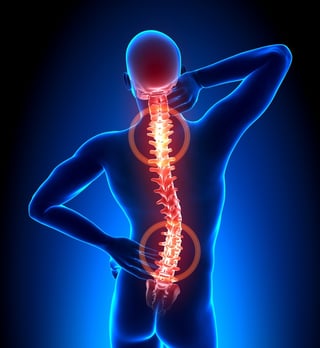
One of the more common applications of BGS therapy is following spinal fusion surgery or cervical fusion surgery.
Spinal fusion and cervical fusion are procedures in which two or more damaged vertebrae are fused together to create one solid bone. The procedure, often performed on people with arthritic vertebrae, is intended to alleviate back or neck pain caused by movement of spine in that particular area. Decompression of nerve tissue, correction of deformity or instability may be combined with spinal fusion surgery.
Conditions that may be treated with fusion surgery include:
During the surgery, doctors will often use bone graft from the patient's own bone or donor bone to stimulate the growth of new bone around the repair site. This new growth completes the bone fusion process.
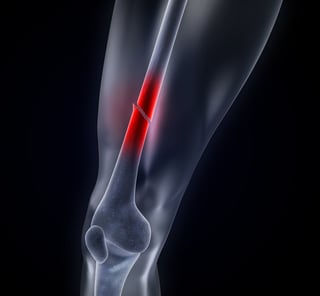 Some bones, fracture patterns and open wounds don't heal well because of impaired blood flow, instability, or infection.
Some bones, fracture patterns and open wounds don't heal well because of impaired blood flow, instability, or infection.
However, smokers, and people with osteoporosis or diabetes have a higher than average risk of poor bone healing.
If your orthopedist checks on your fracture and reports that you have a nonunion, this means that your fracture is not repairing itself. An estimated 5-10% of all fractures result in nonunions like this.
Often with nonunions, orthopedists will recommend using a bone growth stimulator to help promote new bone growth so you can get back to your normal activities as fast as possible.
If you are considering BGS therapy, Coastal Orthopedics can help you explore your treatment options. BGS coverage is subject to your insurance approval. Call us at our Corpus Christi location and make an appointment today!
Dr. Williams has been practicing orthopedic surgery in Corpus Christi since 1998. After graduating from Texas Tech hereceived his medical degree from the University of Texas at San Antonio. At the prestigious Campbell Clinic located at the University of Tennessee, Dr. Williams completed not only an Orthopedic Surgery Residency, but an additional year of Fellowship Training in Spine Surgery. Dr. Williams is dedicated to creating an excellent patient experience in the office or in the surgery suite.
Topics: